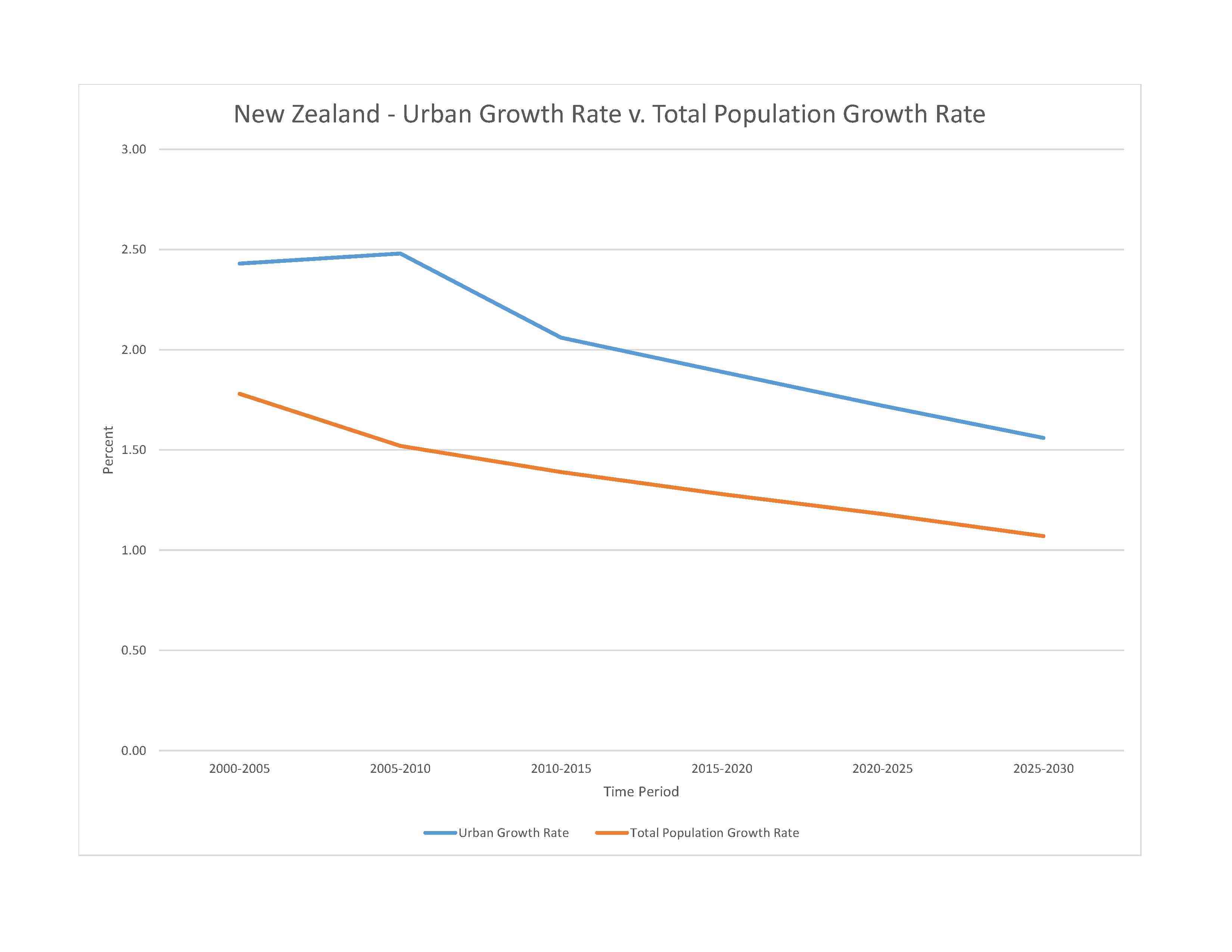
water quality and availability; rapid urbanization; deforestation; soil erosion and degradation; native flora and fauna hard-hit by invasive species
party to: Antarctic-Environmental Protection, Antarctic-Marine Living Resources, Antarctic Treaty, Biodiversity, Climate Change, Climate Change-Kyoto Protocol, Climate Change-Paris Agreement, Comprehensive Nuclear Test Ban, Desertification, Endangered Species, Environmental Modification, Hazardous Wastes, Law of the Sea, Marine Dumping-London Convention, Marine Dumping-London Protocol, Nuclear Test Ban, Ozone Layer Protection, Ship Pollution, Tropical Timber 2006, Wetlands, Whaling
signed, but not ratified: Antarctic Seals, Marine Life Conservation
temperate with sharp regional contrasts
agricultural land: 43.2% (2018 est.)
arable land: 1.8% (2018 est.)
permanent crops: 0.3% (2018 est.)
permanent pasture: 41.1% (2018 est.)
forest: 31.4% (2018 est.)
other: 25.4% (2018 est.)
urban population: 87% of total population (2023)
rate of urbanization: 0.92% annual rate of change (2020-25 est.)

0.5% of GDP (2018 est.)
0.03% of GDP (2018 est.)
particulate matter emissions: 8.61 micrograms per cubic meter (2019 est.)
carbon dioxide emissions: 34.38 megatons (2016 est.)
methane emissions: 34.3 megatons (2020 est.)
municipal solid waste generated annually: 3.405 million tons (2016 est.)
fresh water lake(s): Lake Taupo - 610 sq km
municipal: 500 million cubic meters (2020 est.)
industrial: 1.18 billion cubic meters (2020 est.)
agricultural: 3.2 billion cubic meters (2020 est.)
327 billion cubic meters (2020 est.)
NOTE: The information regarding New Zealand on this page is re-published from the 2024 World Fact Book of the United States Central Intelligence Agency and other sources. No claims are made regarding the accuracy of New Zealand 2024 information contained here. All suggestions for corrections of any errors about New Zealand 2024 should be addressed to the CIA or the source cited on each page.
This page was last modified 04 May 24, Copyright © 2024 ITA all rights reserved.